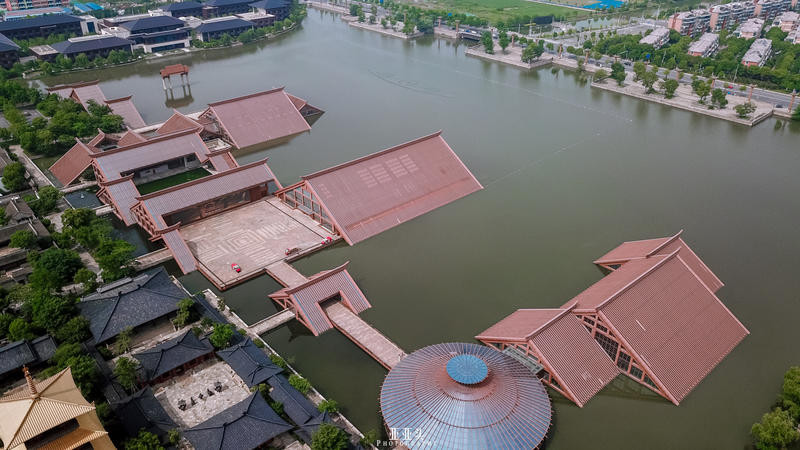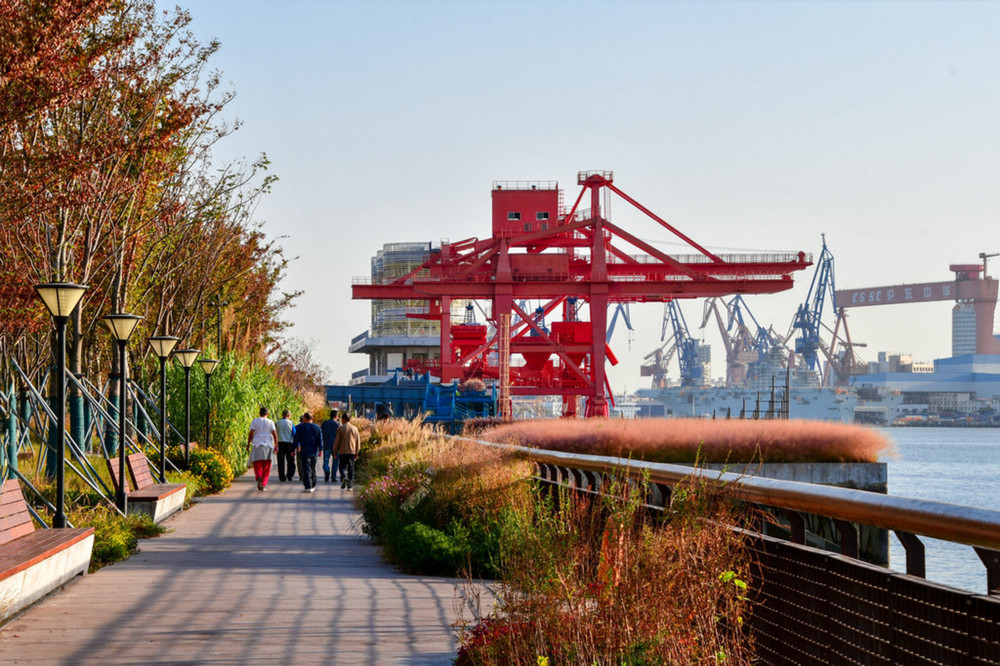Yu Garden Travel Guide: A One-Day Weekend Getaway
Duration: 1 day
Time: January
Companions: Spouses
Activities: Self-driving, Free travel, Hiking, Budget travel, Weekend getaway
Published on: 2022-04-14 at 21:29
Location: Yu Garden, Shanghai
Yu Garden in Shanghai has long been a bustling destination, especially for food enthusiasts. It’s a place where you can immerse yourself in the charm of old Shanghai and explore traditional flavors. Yu Garden is not just a cultural landmark but also a historical site that offers a fascinating glimpse into Jiangnan garden architecture.
When you arrive, begin by walking over the iconic winding bridge. The ponds and lantern displays provide a beautiful ambiance, especially in the evening when the lantern festival lights up the surroundings. Dating back over 400 years, this garden was built during the Ming Dynasty by Pan Yunduan as a tribute to his family, embodying peace and prosperity. Spanning more than 70 acres in its prime, Yu Garden was renowned as the “most beautiful garden in the southeast.”
Exploring Yu Garden’s Main Attractions
San Sui Hall: Entering Yu Garden, you’ll first encounter San Sui Hall.
Originally known as Le Shou Hall during the early Qing Dynasty, it served as a venue for official gatherings and literary events.
Yangshan Hall and Juanyu Pavilion: Built during the Tongzhi era, Yangshan Hall houses Juanyu Pavilion, which offers scenic views across the pond to a grand artificial hill. The hall is fronted by a pair of Yuan Dynasty iron lions, each cast in 1289.
Large Artificial Hill: Cross the pond to reach the fourteen-meter-high artificial hill, constructed with Wukang’s unique yellow stones. Created by the famous Ming Dynasty artist Zhang Nanyang, it is an extraordinary example of traditional rockery art.
Cui Xiu Hall: Nestled at the foot of the large artificial hill, this hall is an ideal spot to relax, surrounded by ancient trees and a scenic high wall.
Fish Joy Pavilion and Double Corridor: Stroll across the stream and discover the exquisite Fish Joy Pavilion, known for its unique lattice windows. Adjacent, the double corridor, separated by a partition wall, allows you to enjoy different scenic views on each side.
Flying Cloud Dragon Wall: Discover one of the iconic dragon walls, adorned with sculpted dragon heads and tiled bodies. Known as the Flying Cloud Dragon Wall, it’s a signature feature of the garden.
Dian Chun Hall: Once a public office for Fujian sugar merchants, Dian Chun Hall served as a northern command center during the Small Sword Society uprising.Yu Garden’s beautiful blend of history, architecture, and nature makes it a captivating spot for a one-day adventure. Whether you’re strolling through the corridors, admiring the architecture, or taking in the peaceful garden views, Yu Garden is a place to connect with Shanghai’s past and its cultural elegance.
Inside, you’ll find beautifully decorated beams and calligraphy by Shen Yinmo.
Huijing Tower and Ji Yu Water Corridor: At the heart of Yu Garden, Huijing Tower offers panoramic views of the area, while the Ji Yu Water Corridor—Jiangnan’s longest water corridor—winds alongside a scenic pond. In Yu Garden, the Ji Yu Water Corridor is named after Ji Yu Peak. As you pass Liu Shang Pavilion, you’ll arrive at De Yue Lou. The saying “the pavilion closest to the water gets the moon first” aptly describes De Yue Lou, which is thought to be an ideal spot for moon gazing. Below it, Qi Zao Hall displays wood carvings of the character ‘Shou’ (longevity) in various fonts. Known as the ‘Hundred Longevity Chart,’ it’s rumored to have a hundred different characters—a challenge for anyone patient enough to count!
Yu Hua Hall, originally Pan Yunduan’s study, features a plaque inscribed with ‘Yu Hua’ by Ming calligrapher Wen Zhengming, along with Ming and Qing-era redwood furnishings. Next to Yu Ling Long is the Library Building, also known as the Calligraphy and Painting Building or Lu Yang Spring Pavilion, built during the Guangxu period. During late Qing times, this site became famous as a calligraphy and painting marketplace, where artists like Ren Bonian, Xu Gu, and Wu Changshuo showcased their work, marking it as a birthplace of the Shanghai School of Painting.After 1949, the Library Building remained a favored spot for Shanghai artists such as Shen Yinmo and Wu Hufan to gather. Across the water from Han Bi Lou, known for its carved floral designs and scenes from “The Romance of the Western Chamber,” is Ting Tao Pavilion. To the south of Huan Long Bridge, you’ll find the Inner Garden, a smaller yet intricately designed space featuring pavilions, bridges, streams, brick carvings, and stone peaks. The main structure here is Jing Guan Hall, also called Qing Xue Hall, adorned with two stone lions guarding the entrance and impressive gold-plated plaques inside. Around it are ancient towering trees, centuries-old.
Further east is Song Cui Pavilion on an artificial hill, complete with stone tables and benches. Nearby, Ke Guan, a small, tree-enclosed square hall, offers a cool retreat in summer. Not far from here is the Nine Dragon Pond, with four dragon heads carved in stone, reflected in the pond waters; the layout represents nine dragons, hence its name.
At the southernmost end, an ancient stage stands as ‘The First Ancient Stage in Jiangnan,’ originally built in Zhabei’s Shanghai North Money Industry Association during the late Qing era and relocated here in the 1970s. The stage is square, bordered with wood carvings of lions, phoenixes, and double dragons among other auspicious symbols.
—
“The snow of the south is now without a trace,
How can the sound of winter be endured when soaked by rain.
The green willows spread their brows to pass the swallow’s words,”A Quatrain:
The red plums hold a smile
to accompany the oriole’s song.









